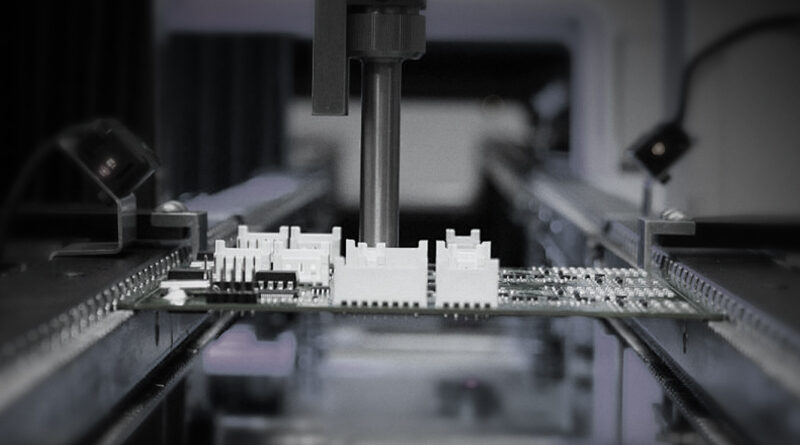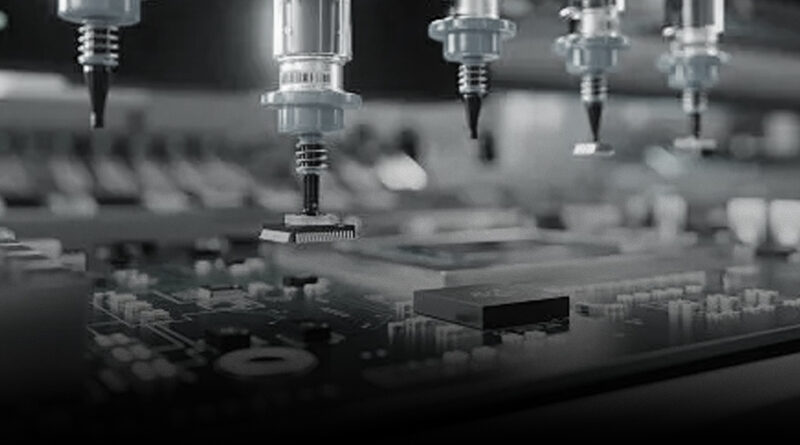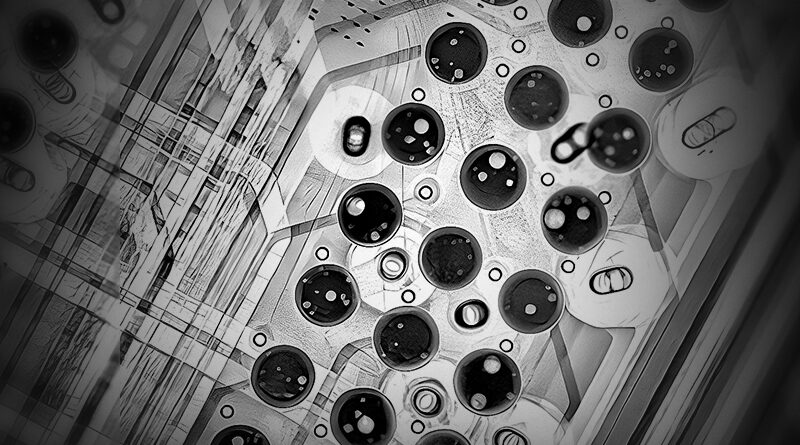The landscape of manufacturing is rapidly transforming with technological advancements, and one of the cornerstones of this shift is the emergence of desktop pick and place machines. Designed for efficiency and precision, these compact devices are becoming increasingly popular in both small-scale production environments and educational institutions. This article explores the mechanics, benefits, and implications of desktop pick and place machines in the current manufacturing landscape.
Understanding Desktop Pick and Place Machines
At their core, desktop pick and place machines are automated systems that precisely position components onto printed circuit boards (PCBs). They utilize suction cups or mechanical grippers to pick up components from a feeder and place them accurately onto the PCB. Unlike larger, industrial-grade machines, desktop variants are compact, making them ideal for smaller workspaces or educational settings.
How They Work
The operation of a desktop pick and place machine revolves around a few critical processes:
- Feeding: Components are supplied via a series of feeders that can accommodate various sizes and types of electronic parts.
- Vision: Most machines include a vision system that allows for accurate alignment and placement by scanning the components and the PCB.
- Placement: Once the component is identified, the machine uses its robotic arm to pick and accurately place the component on the PCB.
This combination of feeding, vision, and placement allows for high-speed production that drastically reduces human error and ultimately enhances overall efficiency.
Benefits of Desktop Pick and Place Machines
Desktop pick and place machines offer a plethora of advantages, making them an attractive option for various applications. Here are some key benefits:
1. Cost-Effectiveness
Compared to traditional manufacturing setups, desktop pick and place machines are significantly more affordable. Their lower upfront costs make them accessible to startups, small businesses, and educational institutions. Additionally, the reduction in labor costs, thanks to automation, leads to further financial savings.
2. Compact Design
The compact size of these machines allows them to fit into smaller workspaces without compromising on functionality. This makes them ideal for labs and workshops where space is a premium.
3. Increased Precision
One of the prominent advantages is the precision they bring to component placement. Automated systems eliminate the inconsistencies that stem from manual handling, ensuring uniformity and accuracy across multiple boards.
4. Versatility
Whether you are working with small-scale prototypes or producing batches of PCBs, desktop pick and place machines can handle a diverse range of components, from tiny resistors to larger chips. This versatility caters to various project requirements.
5. User-Friendly Interfaces
Modern devices are equipped with intuitive interfaces that simplify operation, making them accessible to users with varying levels of technical knowledge. This ease of use promotes faster learning and adoption among teams.
Applications of Desktop Pick and Place Machines
The applications for desktop pick and place machines extend far beyond traditional manufacturing. Here are some notable uses:
1. Prototyping
For engineers and designers, rapid prototyping is crucial in refining designs and speeding up product development cycles. Desktop pick and place machines facilitate quick iterations, allowing for faster time to market.
2. Educational Purposes
Many educational institutions are integrating desktop pick and place machines into their curricula to teach students about manufacturing and electronics. These machines provide hands-on experience that aligns with job market requirements.
3. Small Batch Production
Small businesses often require flexibility in production quantities. Desktop machines enable companies to produce limited runs of customized PCBs without investing in larger production equipment.
Choosing the Right Desktop Pick and Place Machine
When selecting a desktop pick and place machine, several factors should be considered:
1. Component Compatibility
It’s essential to ensure that the machine can handle the specific components you plan to use. Different machines offer different feeder options and compatibility with component sizes.
2. Speed and Efficiency
Evaluate the machine’s speed in terms of placements per hour. Higher speeds correlate with increased productivity.
3. Software and Integration
Examine the software capabilities for programming the machine and its ability to integrate with existing design tools or systems in your workflow.
4. Customer Support and Community
Manufacturers that offer robust customer support and an active user community can significantly enhance the user experience and provide assistance when needed.
How Desktop Pick and Place Machines are Changing the Landscape
The rise of desktop pick and place machines signals a shift in the manufacturing paradigm. With traditional methods often requiring massive investments and extensive infrastructure, these machines democratize access to advanced manufacturing technologies. Furthermore, they empower innovators and entrepreneurs to bring their ideas to fruition with greater efficiency and cost-effectiveness.
The Continuous Evolution
As technology progresses, we can expect desktop pick and place machines to evolve with improved features, such as enhanced AI algorithms for better vision systems, greater adaptability in handling various components, and increased connectivity with IoT for real-time production monitoring. These developments will undoubtedly expand their applicability and efficiency in manufacturing processes.
Through continued advancements, desktop pick and place machines are not just a trend but rather a declaration of the future of manufacturing—where accessibility meets innovation, and creativity knows no bounds.





